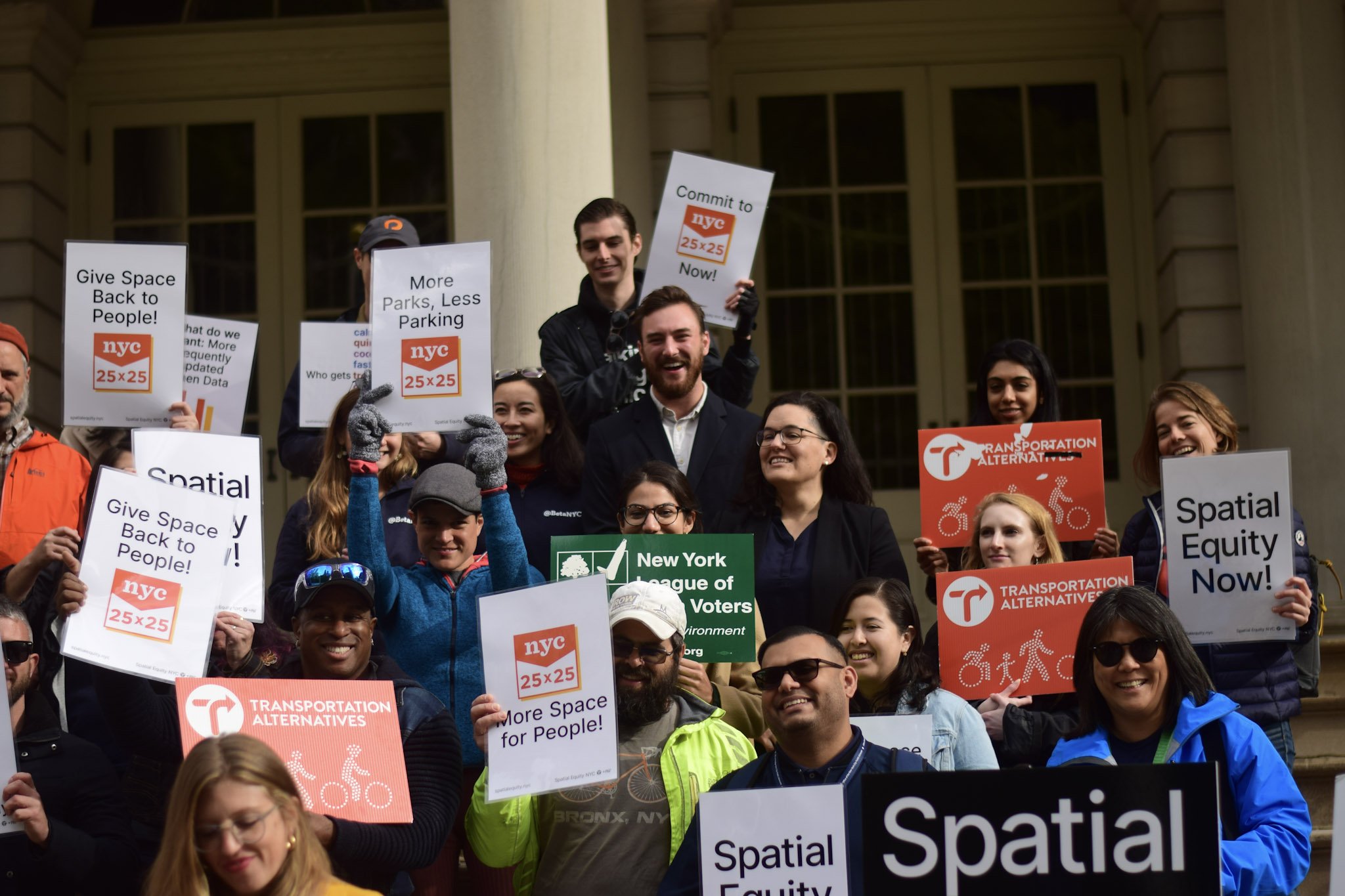
Blog
Videos, graphics, news, and research from Transportation Alternatives’ work to reclaim New York City’s streets from cars.
How Car Traffic Causes and Exacerbates Asthma
The five city council districts with the highest asthma rates have rates more than double the average district — and nearly twice the Black population rate and poverty rate as the average district.
How the Urban Heat Island Effect Makes a Hot Day Even Hotter
As summer winds down, extreme heat in NYC remains a serious issue — and it's only getting worse.
New York City Is Loud. It Doesn’t Have To Be This Way.
Nearly 40% of New Yorkers experience frequent noise pollution from traffic.
The Future Congestion Pricing Zone is Polluted and Dangerous. Congestion Pricing Will Help.
Pricing access to this area is expected to reduce congestion, improve bus speeds, lower air pollution and asthma rates, and decrease pedestrian injuries by as much as 20%.
Fewer Pedestrian Plazas Have Been Built in the Communities Where the Most Black, Latino, and Asian New Yorkers Live. Increasing Plaza Construction is the Answer.
With a new Office of the Public Realm, the City of New York has the potential to bring these benefits to all New Yorkers, however, the following findings make clear that to date, the benefits of pedestrian plaza access have been very unequally distributed.
Bus Commutes Are Significantly Longer for Low-Income, Black, and Latino Bus Riders. Dedicated Space for Buses is the Solution.
New York City buses are the slowest in the nation, averaging less than eight miles per hour, thanks to abundant traffic congestion and a dearth of dedicated bus lanes.
Flood Risk is Much Higher in Black Communities. Traffic-Calming Green Infrastructure Can Help.
Our stormwater infrastructure is already overburdened and many neighborhoods periodically flood, and yet New York City is projected to receive 10% more rain and one foot of sea level rise by the 2030s, which will further endanger our most vulnerable communities.







